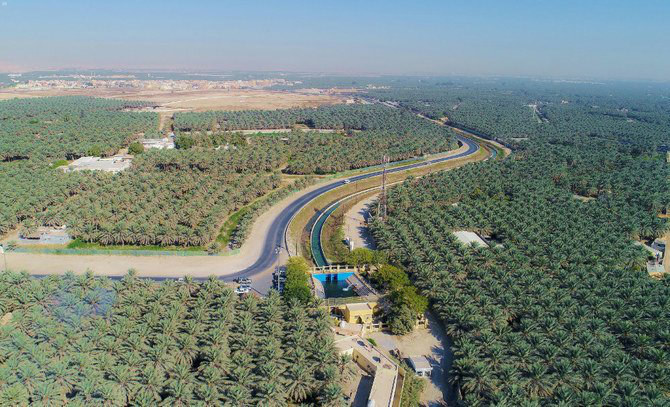Following substantial rainfall, portions of Saudi Arabia’s desert surrounding the sacred cities of Mecca and Medina have undergone a remarkable change, turning verdant with lush greenery. The previously arid landscape in the western region has been rejuvenated by the surplus water, fostering the growth of grass and vegetation. Striking images capture camels peacefully grazing on the fresh green grass, while once barren expanses now boast vibrant hues.
This extraordinary transformation has not gone unnoticed, as NASA satellites have also captured the breathtaking shift from space.
Read More: US Considers Easing Travel Warnings for China Amidst Geopolitical Shifts
Interestingly, some followers of Islam have drawn parallels to prophetic statements attributed to Prophet Muhammad, suggesting that such a phenomenon was foretold to occur during the end times.
This unexpected burst of life in the typically barren desert serves as a testament to the power of nature’s rejuvenating force. It has captivated observers worldwide, sparking awe and wonder at the sight of such a dramatic transformation.
Local residents and pilgrims alike have expressed gratitude for the replenishment of the land, seeing it as a symbol of blessings bestowed upon the holy sites. The greenery stands as a reminder of the interconnectedness between humanity and the natural world, evoking a sense of harmony and renewal.
As Saudi Arabia continues to experience these rare environmental changes, scientists and scholars are studying the phenomenon to better understand its implications and significance. In the meantime, the lush green expanses serve as a picturesque backdrop for spiritual reflection and reverence in the heart of the desert.



